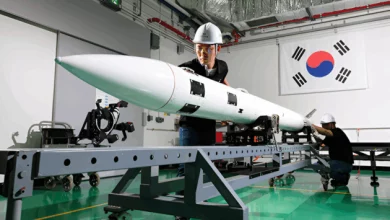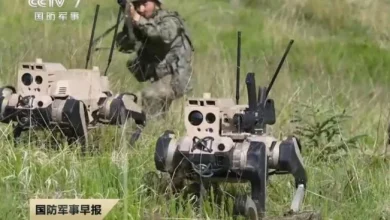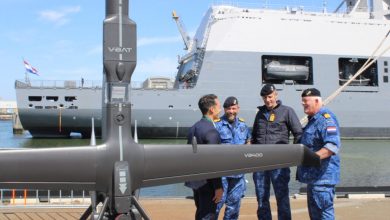AI-powered rocket launcher demonstrated by Lockheed

Lockheed Martin has successfully completed its first fully autonomous demonstration of a HIMARS rocket launcher system, marking a major milestone in the integration of artificial intelligence and autonomous capabilities into modern warfare.
The test featured a rocket launcher autonomously driving and positioning without any human intervention, underscoring the transformative potential of such technologies in reducing manpower requirements and increasing battlefield flexibility.
“This allows us to deploy them without crews, reducing the manpower requirements,” Tim Cahill, President of Missiles and Fire Control at Lockheed Martin told the news agency CNBC. “It starts to bring the capability of AI into these systems to allow us to deploy them flexibly in ways we might not have been able to before.”
Lockheed Martin’s autonomous demonstration showcased the ability to rapidly mobilize and operate launch systems from remote or undisclosed locations. This flexibility enables the deployment of these systems in scenarios where traditional human-operated systems might face challenges.
“You can imagine these systems might be garaged or located somewhere offline, and we can rapidly bring them to bear,” Cahill explained. “They are ready to go 24 hours a day at a moment’s notice.”
The autonomous system, designed with AI integration, operates under strict ethical guidelines. “We made sure we got complete control over any of the systems we deployed, giving them only the autonomy and decision-making authority that is appropriate for the moment,” Cahill said.
The demonstration is part of Lockheed Martin’s broader vision for interconnected and flexible weapon systems that can operate with or without human oversight. It also builds on previous autonomous achievements, including earlier this year’s autonomous flight of a Black Hawk helicopter.
The rapid advancement of autonomous systems reflects their growing importance in modern defense strategies. Autonomous technologies provide increased operational efficiency, minimize risks to troops, and enhance decision-making accuracy. However, these advancements come with challenges, particularly regarding regulations and ethical considerations.
Lockheed Martin anticipates that some of these autonomous systems could be deployed operationally within months rather than years. While autonomous technology holds promise for reducing personnel in dangerous situations, it also raises questions about regulatory frameworks and countermeasures for unmanned systems, particularly in sensitive environments.
As Cahill emphasized, the evolution of policy is critical to ensuring that the deployment of autonomous systems aligns with ethical and strategic objectives. “Policy will evolve,” he noted. “Fundamentally, this is why we think it is important to pair autonomous systems with manned systems—you always want a human somewhere in the loop that has the ability to intervene if necessary.”





